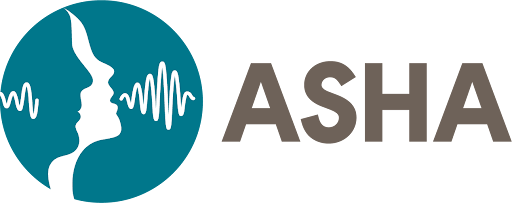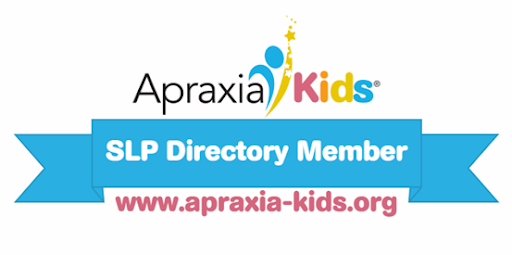In a presentation called ‘Communication Functions and AAC: Quick Tips to move beyond requesting’, Rebecca Eisenberg, M.A. CCC-SLP discussed why it is important to expand AAC usage past requesting and how to utilize more communication functions during treatment sessions.
Communication functions are different ways one can use language (i.e. protest, comment, ask/answer questions, expressing feeling, labeling/describing). Eisenberg discusses how, natural conversation exchanges expand far past just requesting items and why it is important to continue to expand usage of other functions during therapy. These functions can be modeled on a child’s AAC device using aided language stimulation (i.e. modeling the selections on a device as you are verbally stating the message). She continues to discuss utilizing the SMoRRES model (slow, model, respect, repeat, expand, and stop) as a way to promote communication attempts as well. Additionally, making sure these models are being provided with and without expectations during naturally based occurrences.
In the Presentation, Eisenberg provided 5 activities to help AAC users utilize other communication functions. She stressed throughout to make sure every activity is highly motivating and engaging for the child.
1: Reading Aloud: During joint book reading, the clinician can target making comments, answering questions, recalling information, expressing feelings (I like or don’t like books) and retelling the story. Additionally, expand to learning about concepts of print (i.e. front vs. back of book, title of book, author, illustrator, and directionality).
2: Topic Board: Allows the child to select what they want to talk about (part of their day, item of interest, special event) making the task highly motivating. During the conversation, the clinician can target asking questions, answering questions, commenting on activities or items, and expressing feelings about those tasks.
3: Video Modeling: Allows a child to practice recalling information, sequencing, answering questions, negation, retelling stories, and social skills.
4: Transition Periods: Utilizing periods of transitions to practice engaging in functional communication exchanges in the natural setting. The clinician can target appropriate greetings, asking/answering questions, commenting on parts of their day, recalling information, and social skills.
5: Sensory/Art Activities: Using art to make a project can target vocabulary, asking for help, commenting on appearance of the project, and initiating conversation.
Get a Free Online Assessment
Looking for an expert opinion on your child's needs? Fill out a 3 minute questionnaire and receive a personal evaluation from our staff
By submitting this form, you are consenting to receive marketing emails from: . You can revoke your consent to receive emails at any time by using the SafeUnsubscribe® link, found at the bottom of every email. Emails are serviced by Constant Contact



